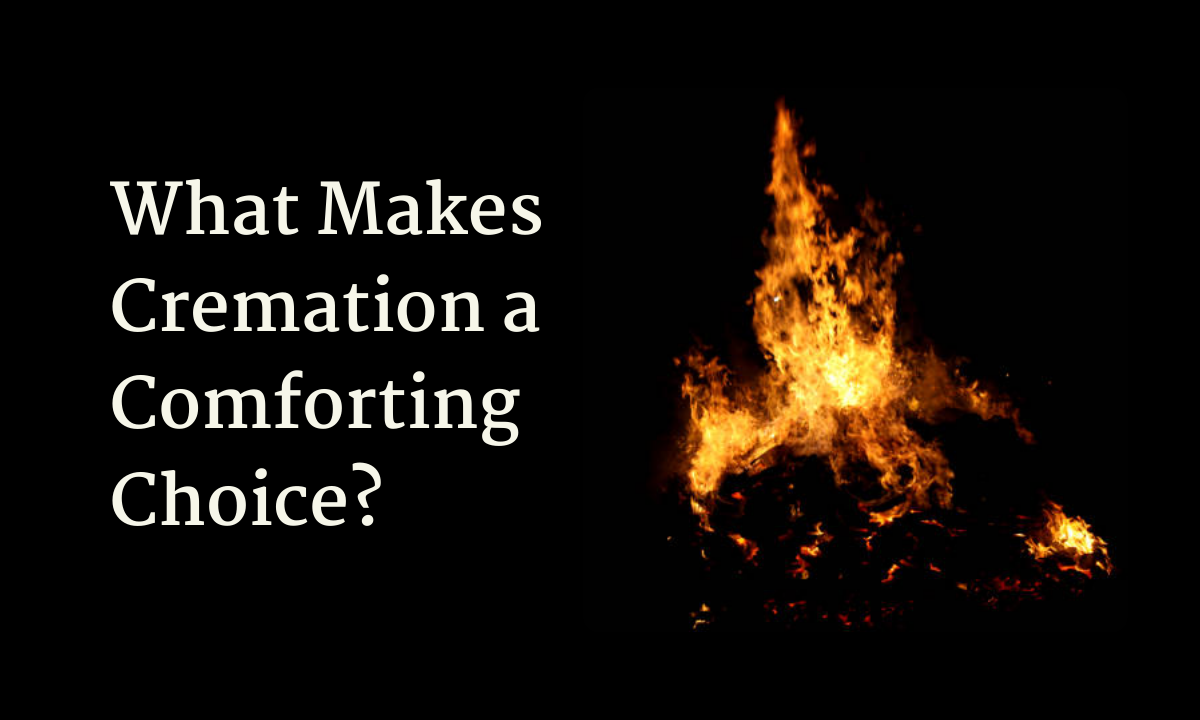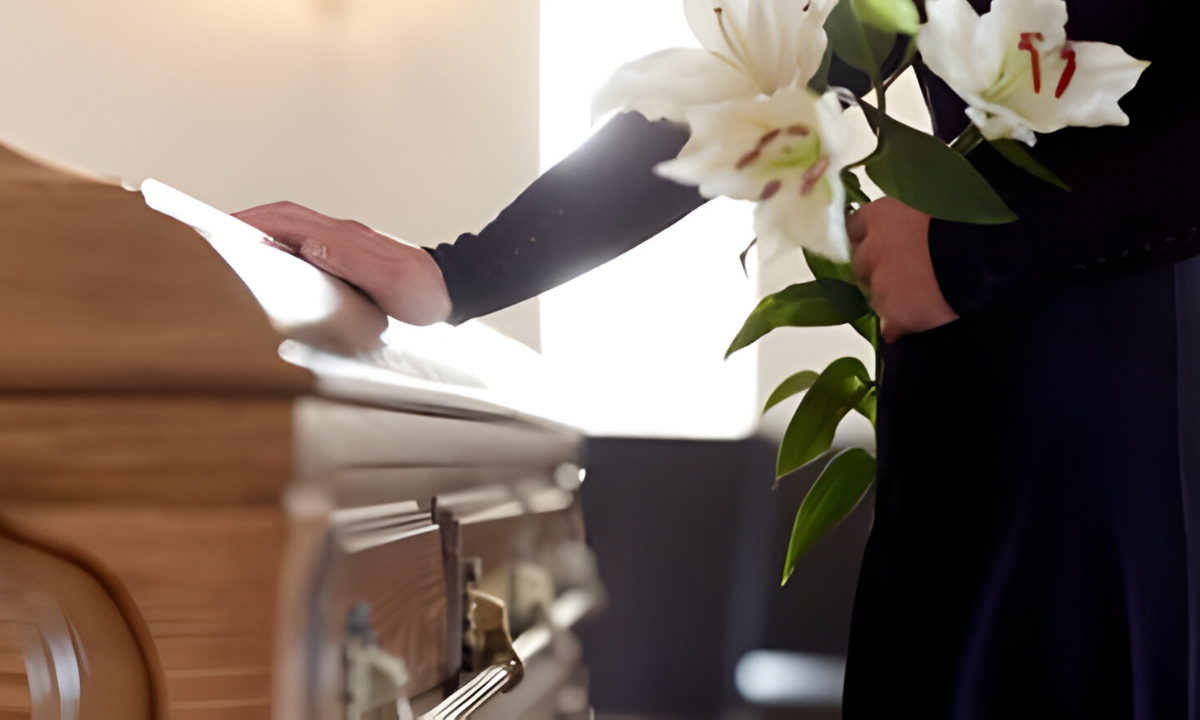The death of a mother is one of the most difficult losses one can experience. A mother is often the anchor of the family and her passing leaves a huge void. The immediate family comes together in this time of grief to mourn the loss and perform the necessary death rituals.
Initial Days
In the initial days after the death, the immediate family comes together at the deceased’s home. Close family and friends offer their condolences to the bereaved children. Depending on the religion and culture, last rites like bathing and dressing the body are performed. The body is then placed in the prayer room for people to pay their last respects.
During this time, the children are inconsolable in their grief. Older female relatives like the mother-in-law or sister-in-law take on the role of consoling and caring for the children. Food is cooked in large quantities to feed the visitors.The request gatherings go on during that time with individuals discussing supplications and perusing out entries from strict texts.
Funeral
After a few days, the funeral is conducted as per the religious customs. In Hindu traditions, the eldest son lights the funeral pyre as the final rites. In other faiths, the body may be buried in the ground. The immediate family mourns by the pyre or grave as the body is laid to rest. On returning home after the funeral, the family sits in a prayer meeting and accepts food offered by others.
Post-Funeral Rituals
In the days following the funeral, certain death rituals continue to be observed. In Hinduism, the 13th day ritual called terahvin is significant where prayers are offered for the peace of the departed soul. Food is distributed to the poor and needy. The family also observes a 30-day mourning period where certain activities and luxuries are avoided as a mark of respect for the deceased.
Family members and companions keep visiting the dispossessed family during this opportunity to offer solace and offer recollections of the departed. The children especially find solace in reminiscing about their mother with other family members. Some families also observe the death anniversary every year by visiting the grave, lighting lamps and offering prayers. This helps them continue the bond even after death.
Coping with Grief
The loss of a mother leaves an irreparable void in one’s life. The emotional trauma experienced by her children can be immense. While customs offer a feeling of conclusion and local area support, managing melancholy is a long cycle.
Why do people avoid visiting temples during this period?
There are a few key reasons why people traditionally avoid visiting temples during the mourning period after a mother’s demise:
- Religious beliefs of impurity
In Hinduism, it is believed that death creates a state of ritual impurity or pollution. During mourning, the bereaved family is considered impure and unfit to perform any religious rituals or enter holy places like temples.
- Focus on mourning rituals.
The mourning period is meant for performing post-funeral death rituals like 13th day and 30th day ceremonies for the deceased. Visiting temples is seen as a distraction from these solemn rituals.
- Respecting the period of grief
Entering places of worship and festivities is seen as disrespectful to the memory of the deceased during initial days of deep sorrow and grieving. The mourning period is to peacefully grieve the loss.
- Avoiding inauspiciousness
Some beliefs say temples must be protected from any inauspicious energy brought by a mourning person. It is seen as bringing bad luck or disrespecting the deity.
In short, religious traditions of ritual impurity and focusing solemnly on grieving rituals are key reasons for avoiding temples during the mourning period after a mother’s death.
How do people mourn in other cultures?
Mourning practices and death rituals vary across different cultures and religions:
- In Japanese culture, white or black clothing is worn for mourning. Families visit graves on specific anniversaries to pay respects.
- In Judaism, a seven-day mourning period called shiva is observed. Mirrors are covered and mourners don’t shave or attend celebrations.
- In Chinese traditions, a 49-day ritual called Feng Shui involves burning joss paper, incense and paper money for the deceased’s use in the afterlife.
- Muslims observe a 4-month and 10-day mourning period as prescribed in Islam. White or black clothing is worn. Memorial prayers are held on the 3rd, 7th and 40th day.
- Catholics have a 9-day prayer novena for the deceased. A mass is held on the 40th day called All Souls’ Day to pray for all souls in purgatory.
- In Tibetan Buddhism, sky burials are practiced where the body is placed on a mountaintop for vultures to eat.
- Aboriginal Australians believe the soul journeys for weeks before entering the spirit world. Elaborate funeral ceremonies are held with ritual dancing and feasting.
- In some Native American cultures, the deceased’s possessions are destroyed or buried with them to use in afterlife. Feasts are held with prayers, songs and giveaways.
So mourning customs are deeply entwined with the varied religious and cultural practices across the world.
Why are certain colors used in death rituals?
Certain colors have traditional symbolic meanings associated with death rituals and mourning practices in different cultures:
White:
- In Western cultures, white represents purity, innocence and life after death. It is commonly worn during funerals and mourning periods.
Black:
- Black symbolizes darkness, end of life and solemnity. It is a mourning color in many Asian and Western traditions worn during funerals and the bereavement period.
Gray:
- A darker shade than white, grey signifies sadness and solemnity. It is used as a mourning color in some European cultures.
Purple:
- Considered a color of dignity, grief and mourning in Jewish traditions. It is worn on occasions of remembrance like Yom Kippur.
Red:
- In Chinese culture, red represents joy and is used during ancestor worship ceremonies to wish longevity and prosperity for deceased souls.
Blue:
- Symbolizes serenity and calmness. It is used in Tibetan sky burials where the body is dressed in blue robes before being placed on mountains.
Briefly explained, colors like white, black, grey and purple commonly denote sorrow and mourning while red symbolizes positivity in the afterlife according to different cultural and religious beliefs associated with death. The color choice aims to respectfully honor the deceased.
With everything taken into account, death rituals and lamenting practices expect a critical part in helping bemoaning families and organizations with adjusting to the flight of a companion or relative, especially the death of a mother. Various rituals followed in different cultures around the world aim to pay respect to the deceased, support those in grief, and provide spiritual or religious solace.
Whether it be traditional ceremonies, observance of mourning periods, or memorial activities on important dates, such customs help bring closure and facilitate acceptance of the reality over time. While the void of losing a mother can never be truly filled, continuing meaningful rituals in memory of her keeps her legacy and blessings alive in the hearts of her loved ones for generations to come.
Believ is a notable memorial service provider has helped numerous families in their season of sadness. They organize traditional funeral rites with utmost care, respect and empathy. The dedicated staff at Believ worked tirelessly to arrange the last rites for a mother according to cultural customs.





